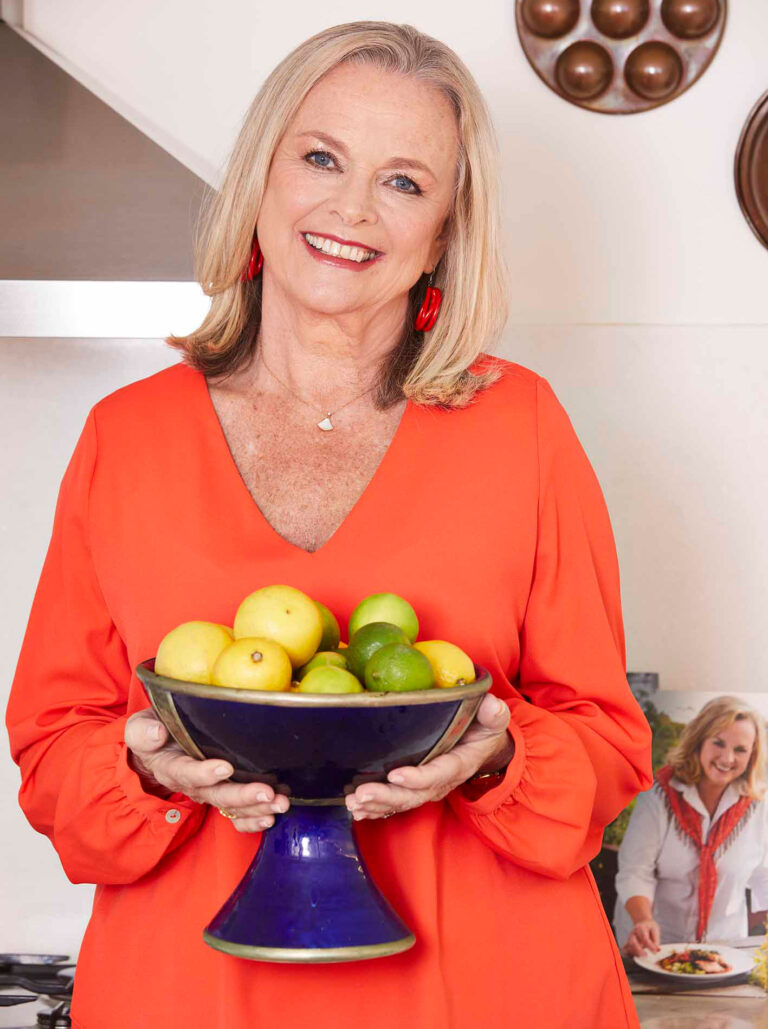
I often get asked many different questions about sugar. So I thought I would share my tips about sugar with you!
Brown sugar is unrefined sugar, white sugar is refined sugar. Brown sugar has traces of molasses, black treacle or caramel characteristics – more in dark brown sugar and less in light brown sugar. Both with more flavour. White and brown vary in flavour and particle size as well as colour but there are no significant nutritional differences between them.
Muscovado sugar is the finest grade of brown sugar and has a higher molasses content than standard brown sugar so it will give your cooking an incredible depth of flavour. It also comes in light and dark varieties, The light option is interchangeable with light brown sugar and is great for biscuits, chocolate cakes and puddings, the dark can be used in place of dark brown sugar and is great for really rich flavours as for a fruit cake, brownie or even marinade.
Demerara sugar has large, crunchy crystals, great for crumble toppings, sprinkled over stewed fruit or try it on the top of crème brulee. If you are a sugar-lover, try it in coffee.
Caster sugar is a baker’s best friend, with its extra fine granule size and light flavour. Cake recipes usually call for caster sugar because it has the perfect crystal size for producing light fluffy cakes. Ordinary sugar or raw sugar crystals are too large and won’t dissolve well in the cake mixture, resulting in a spotty and crunchy cake crust. Icing sugar is too fine and will not hold any air in a creamed butter-sugar mixture. Sometimes for a rich caramel flavour, some of the caster sugar can be substituted for brown sugar. If you have run out of caster sugar, you can make your own, by whizzing ordinary white sugar in a food processor.
Icing sugar is light and powdery, perfect for icings, of course, and making butter creams, as well as for dusting over finished desserts and pastries.
Thank sugar for the appealing golden-brown colour of many baked desserts. As sugar gets hot, it undergoes chemical reactions or caramelization. In this process, sugar molecules break down into smaller and smaller parts and begin to turn deeper shades of brown and develop more complex flavours.
Sugar is a natural preservative so, if stored correctly, it can last indefinitely. If it does harden, either place the required amount in a microwave-safe dish with a wedge of apple; cover tightly with plastic wrap and microwave on HIGH (100%) in 10-second bursts until sugar is soft but not melted; or simply place the sugar in a bowl and cover with a damp cloth for 24 hours. The moisture from the cloth will rehydrate your sugar and it will soon be soft again and ready to use.
Using a liquid sweetener, such as honey or maple syrup in place of sugar, will obviously change not just the texture of what you are cooking, but can cause other reactions. For example, honey is acidic and can ‘break’ cream and custards when heated. (So can brown sugar, which is acidic as well.) It’s also sweeter than sugar and has more liquid, so your baked goods will be heavier. A general rule when using honey or another liquid sugar in place of granulated sugar is to reduce the amount of sweet liquid by 25% of the amount of granulated sugar. The liquid in the recipe can be reduced by 25% as well, to compensate for the additional moisture the honey or maple syrup provide. However, honey and maple syrup are still high in naturally occurring sugars, so if you want to reduce sugar intake you need to reduce them too.
I am not a fan of artificial sweeteners, precisely because they are artificial. If you need to reduce your sugar intake, just reduce it, by training your palate to expect less. Or use it carefully. The best substitute is stevia.
Stevia is a herb, originally from South America, though now grown throughout the world. It is naturally very sweet, around 100 -200 times sweeter than sugar, but it doesn’t raise blood sugar levels like sugar does. It has been used as a sweetener and medicinal herb in various cultures around the world for centuries but has only gained modern popularity in recent years. However, beware of this too being overly processed. Look out for a natural form.
